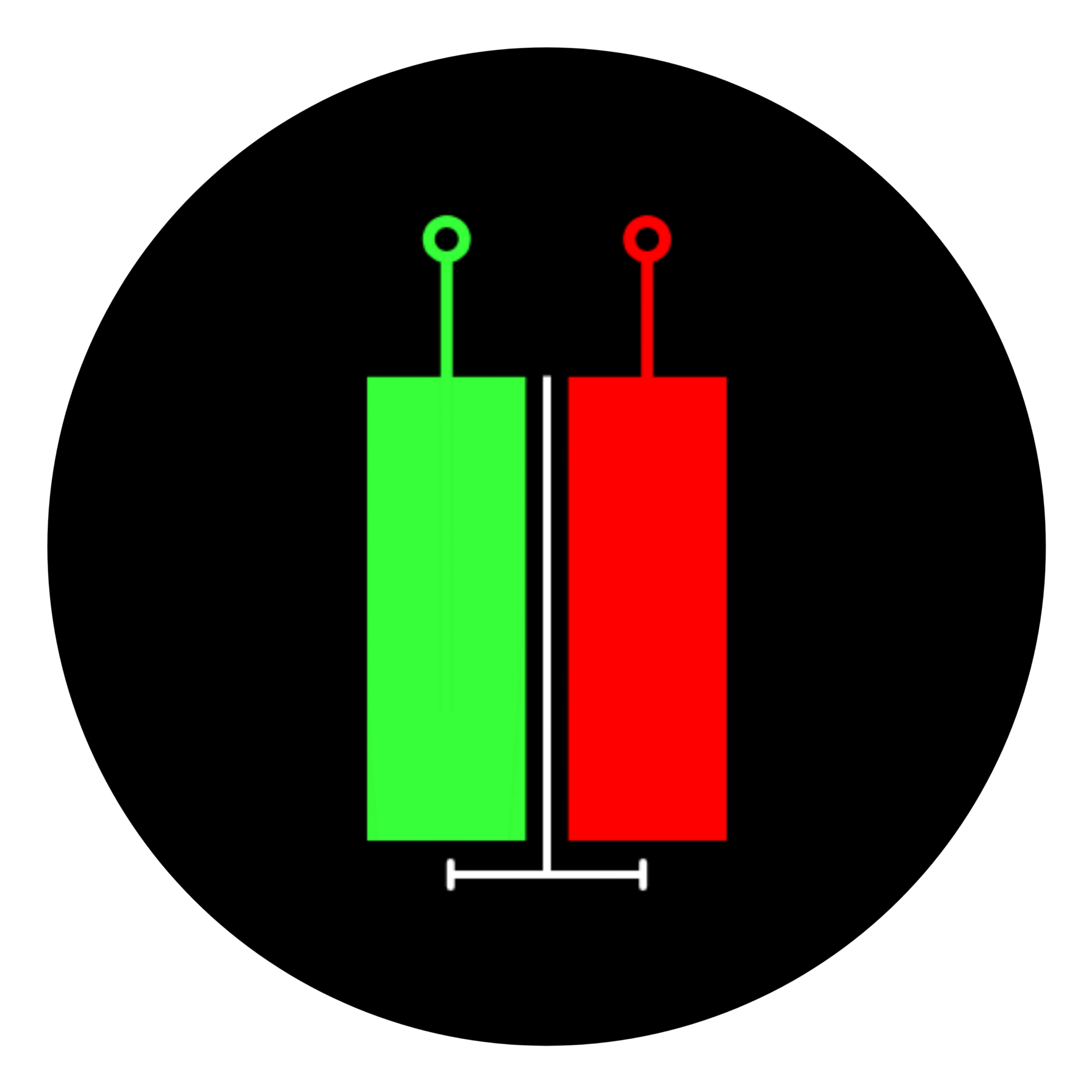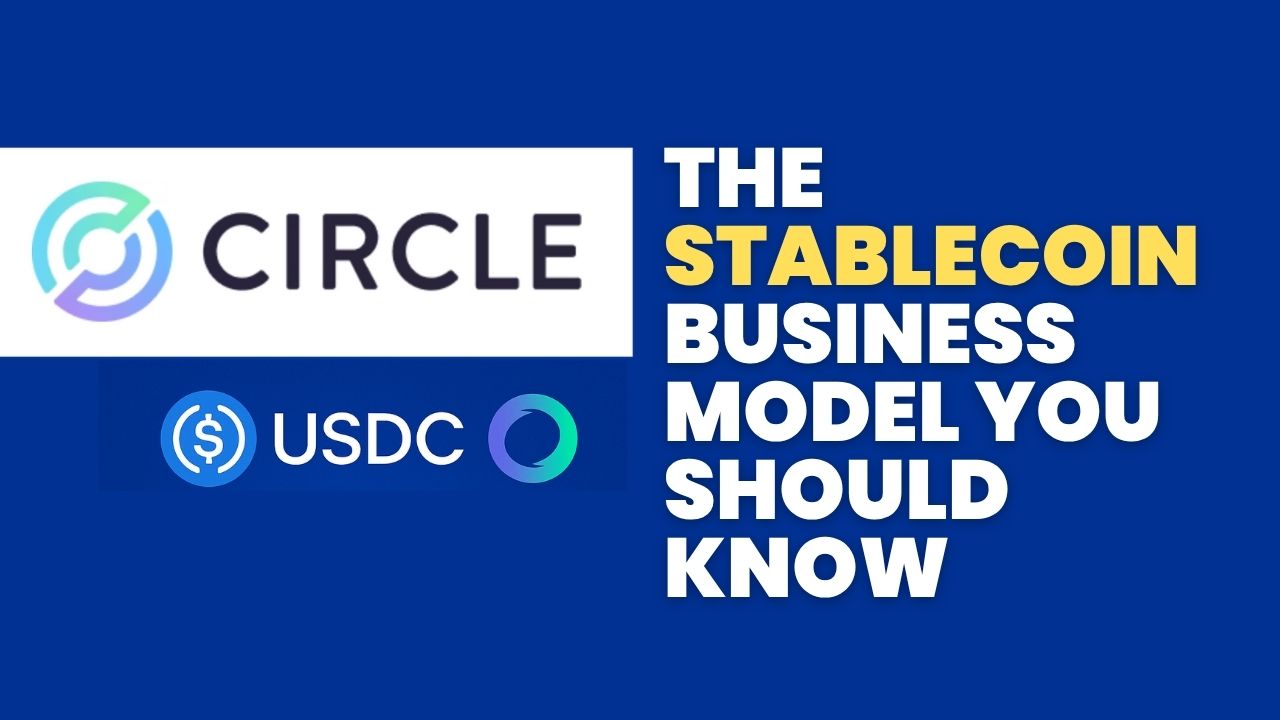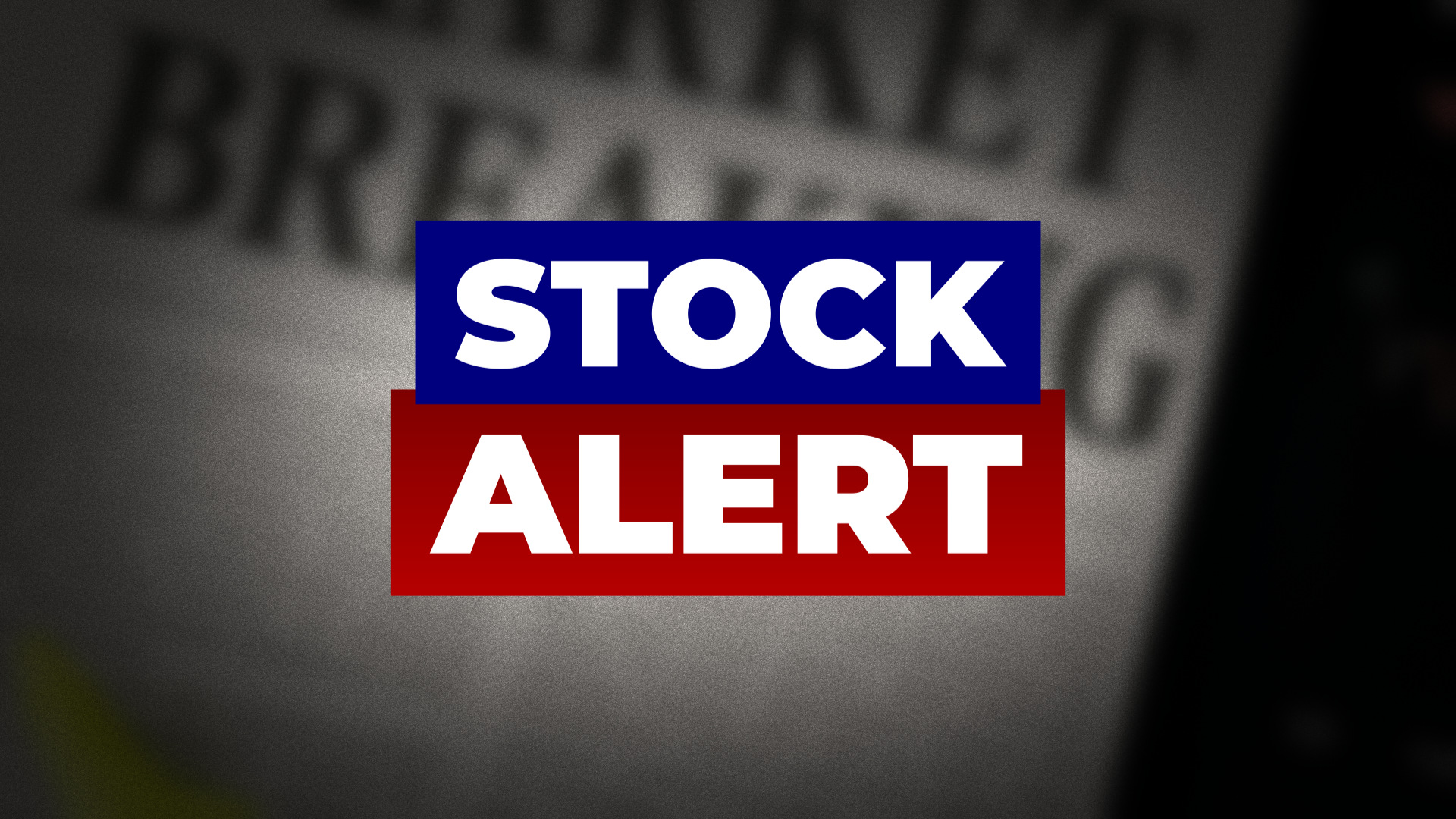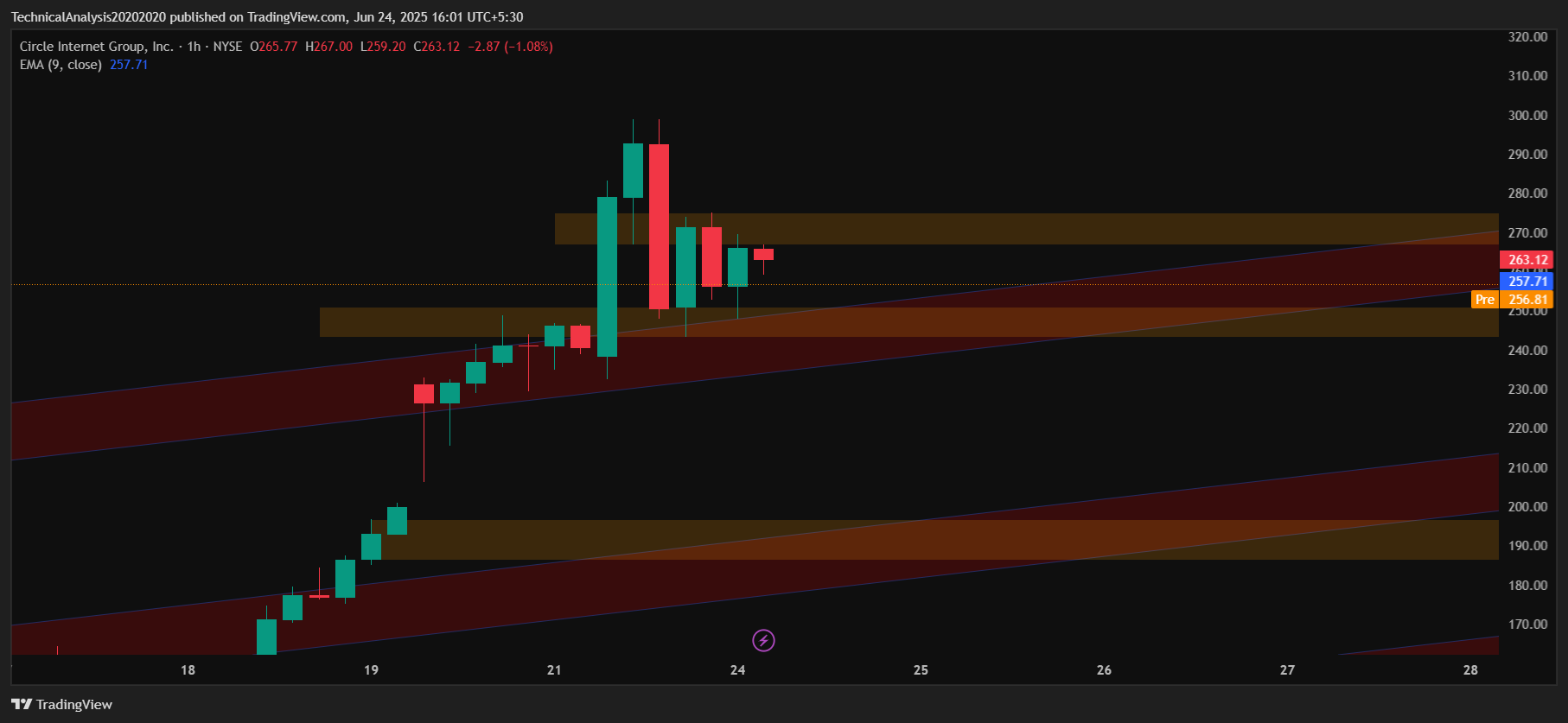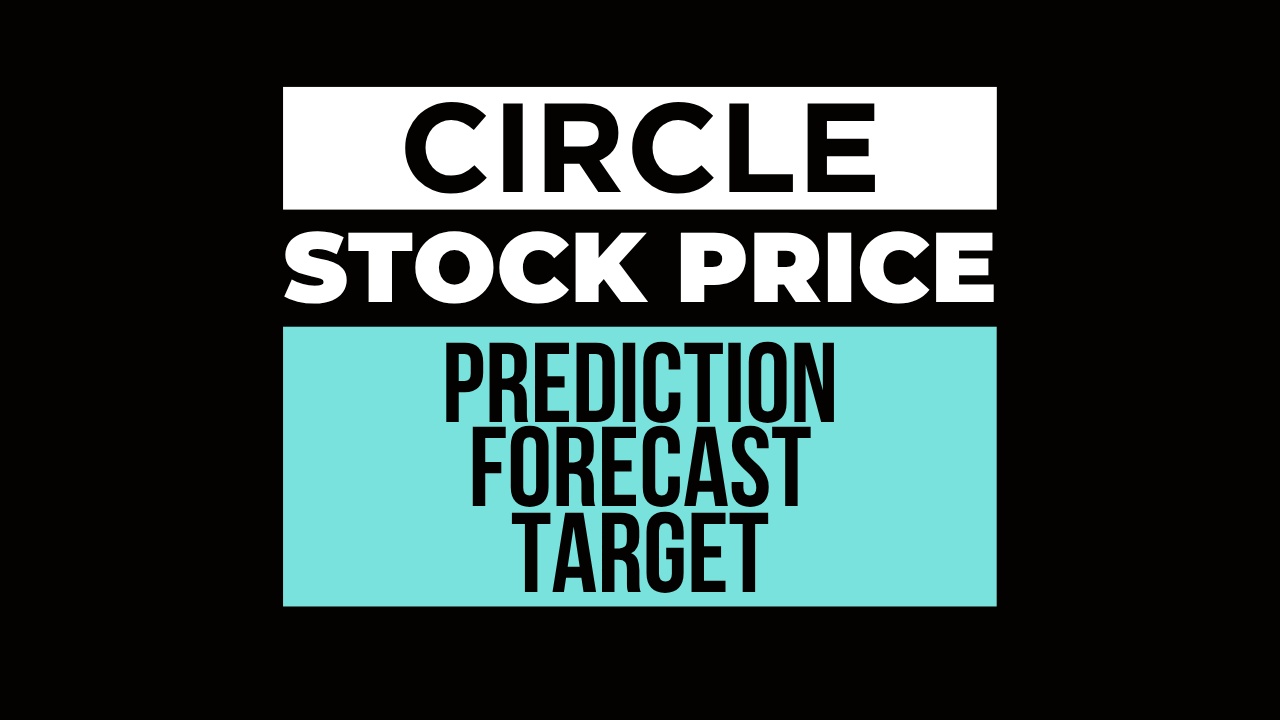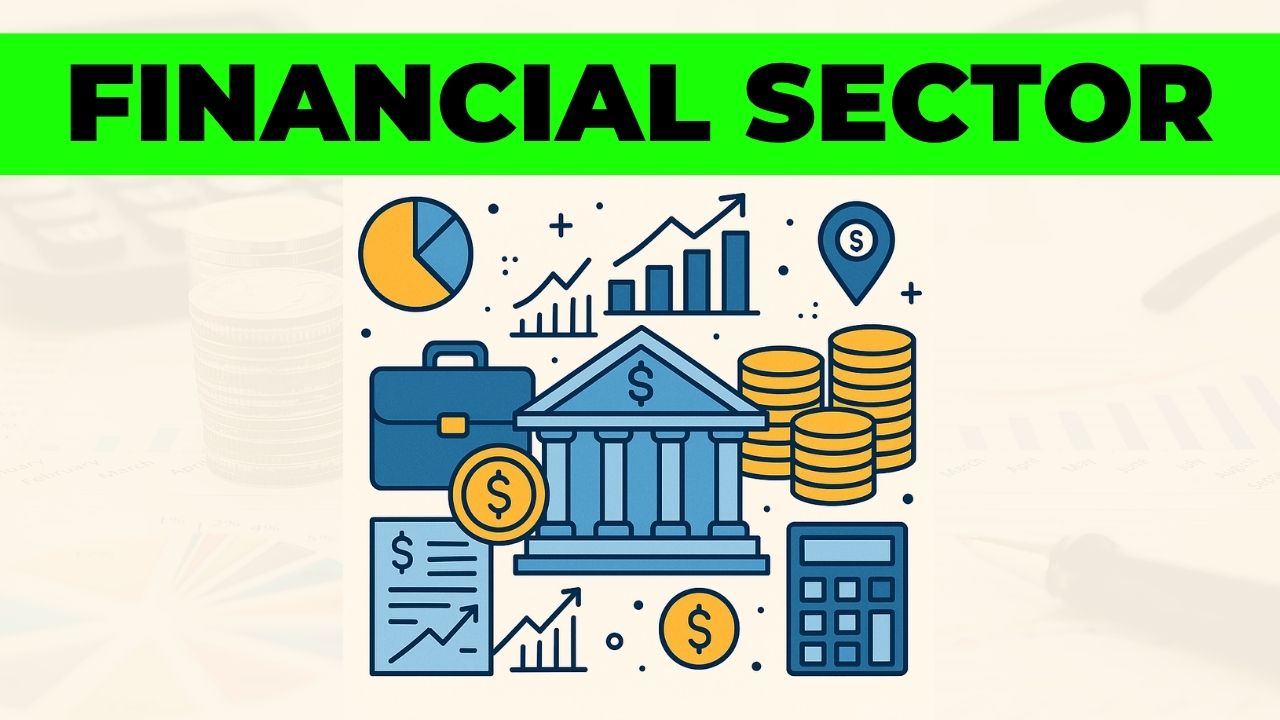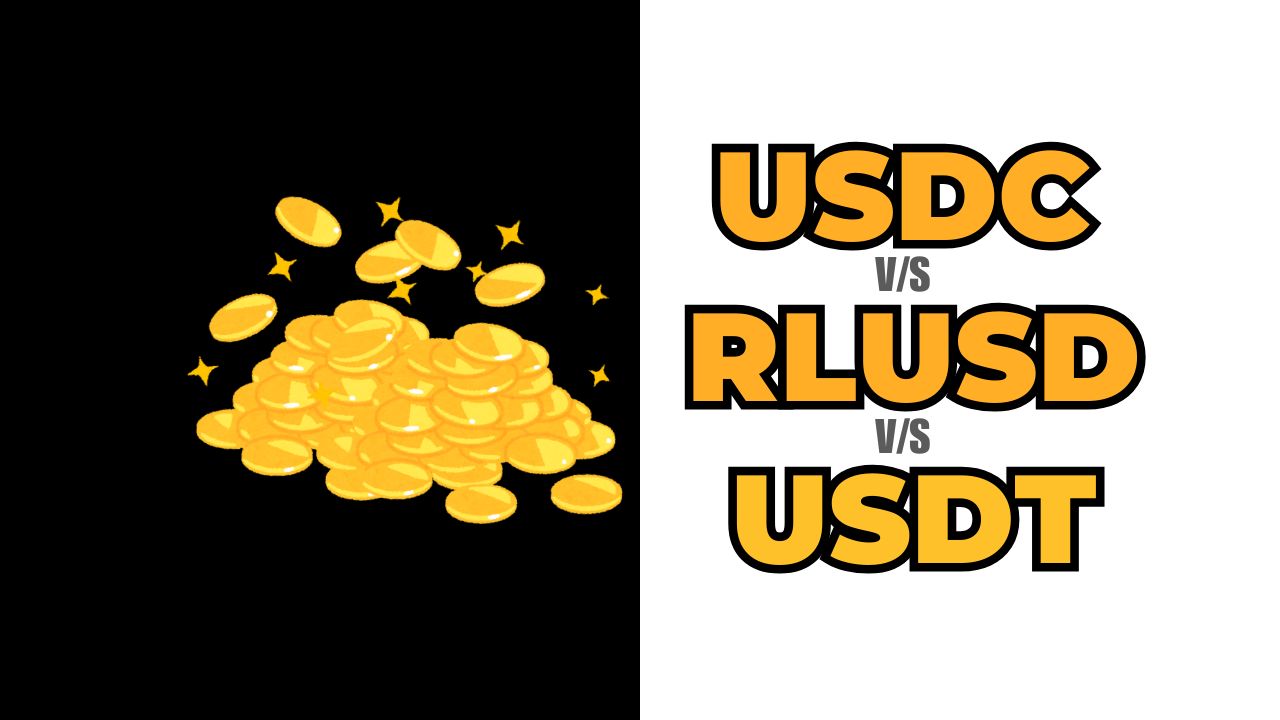Circle Internet Group (NYSE: CRCL) is seeing a breakout year, with its stock up over 750% since its June 5, 2025 IPO, fueled by the explosive growth of its USDC stablecoin and a new strategic partnership with payments giant Fiserv (NYSE: FI). On June 23, 2025, Fiserv announced a major integration deal with Circle to bring both USDC and its own upcoming stablecoin, FIUSD, to millions of merchants and banks. The partnership could potentially shake up the payments industry long dominated by Visa and Mastercard.
Also Read – The Very First Post You Should Read to Learn Cryptocurrency
How Stablecoins Like USDC and FIUSD Operate?
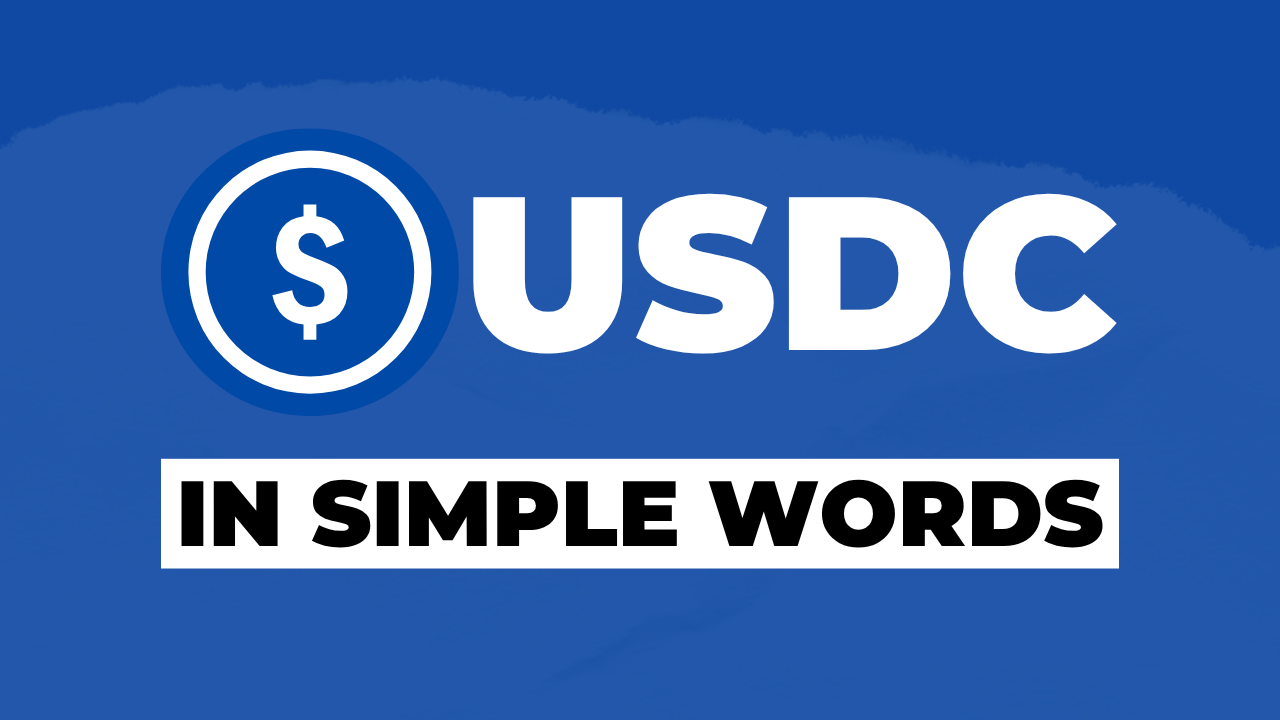
Stablecoins like USDC (Circle) and FIUSD (Fiserv’s forthcoming stablecoin) are digital currencies pegged 1:1 to the U.S. dollar, backed by reserves like cash or short-term Treasury bonds. Here’s how it works:
- Deposit and Mint: You send $1 to Circle or Fiserv, and they issue 1 USDC or FIUSD token, fully backed by secure assets.
- Invest and Earn: The issuer invests your dollar in low-risk assets, earning 4–5% annualized interest. This interest is their profit.
- Transact Cheaply: You use USDC or FIUSD for payments, remittances, or DeFi on blockchains like Solana or Ethereum, with fees as low as 0.1–0.5%, compared to Visa’s 2–3%.
- Transparency: Circle provides monthly attestations by Grant Thornton to verify USDC’s reserves. Fiserv, a regulated fintech, commits to similar oversight for FIUSD.
As of June 24, 2025, USDC’s market cap is $61.9 billion, holding 27% of the $225 billion stablecoin market, behind Tether’s USDT ($102 billion, per CoinMarketCap). Circle’s stock hit $298.99 on June 23, 2025, valuing the company at $63.9 billion, up from $6.9 billion at its June 5, 2025 IPO. Fiserv, with an $94.5 billion market cap, is now adopting this model with FIUSD, set to launch by December 2025.
Also Read – 4 Reasons Circle (CRCL) Stock is Crashing – Will It Hit $200 Next?
CRCL-Fiserv Partnership – Stablecoins Go Mainstream

On June 23, 2025, Circle and Fiserv, Inc. announced a partnership to integrate USDC and FIUSD into Fiserv’s network of 10,000 financial institutions and 6 million merchant locations. This deal, reported by Bloomberg, is a turning point for stablecoin adoption:
- USDC Access: Fiserv’s clients can use USDC for real-time, low-cost payments via Circle’s Circle Payments Network, slashing costs for cross-border transfers or merchant settlements.
- FIUSD Launch: Fiserv’s FIUSD, built on Circle’s infrastructure and Solana’s blockchain, will launch by December 2025 and be interoperable with USDC, enabling seamless transactions.
- Massive Scale: Fiserv processes $5 trillion in transactions annually, giving USDC and FIUSD access to millions of users, from community banks to global retailers.
- Regulatory Trust: Circle’s New York BitLicense and Fiserv’s AML/KYC compliance align with the GENIUS Act, which mandates reserve audits and consumer protections.
The announcement drove CRCL’s stock up 9.6% to $263.45 and Fiserv’s by 4.3% to $170.21 on June 23, 2025 (Yahoo Finance).
Disrupting Visa and Mastercard – A Cheaper, Faster Alternative
Visa and Mastercard process over $20 trillion annually but charge merchants 2–3% per transaction, totaling $100 billion+ in fees yearly. USDC and FIUSD offer a disruptive alternative –
- Low Fees: Stablecoin transactions cost 0.1–0.5% on blockchains like Solana. For example, a $1,000 sale via USDC costs a merchant $1–$5, versus $20–$30 with Visa (based on my analysis of blockchain fees).
- Instant Settlements: Unlike card networks’ 1–3-day delays, stablecoins settle in seconds, 24/7, ideal for merchants and consumers.
- Global Reach: USDC and FIUSD enable borderless payments without 1–2% currency conversion fees, supporting use cases like remittances.
The CRCL-Fiserv partnership could bring USDC and FIUSD to 6 million merchants, rivaling card networks. A retailer using Fiserv’s platform could accept USDC at checkout, saving thousands annually. As Circle’s CEO Jeremy Allaire tweeted on June 23, 2025,
“USDC is digital cash for the internet age – fast, cheap, global.”
Stablecoins vs. Banks – Simpler, But Riskier
Stablecoins operate like a “debit card bank” with fewer rules than traditional banking:
- No Lending: The GENIUS Act prohibits stablecoin issuers from lending reserves, unlike banks that use deposits for loans. Circle and Fiserv earn only from interest, simplifying the model but capping revenue.
- Lighter Regulation: Circle’s BitLicense and Fiserv’s fintech compliance provide oversight, but stablecoins lack FDIC insurance, leaving users vulnerable if reserves are mismanaged.
However, crypto’s history raises red flags. Collapses like FTX, Celsius (2022), and Terraform Labs’ UST ($40 billion loss) show the sector’s volatility. While USDC’s audited reserves and Fiserv’s regulated status reduce risks, a market crash or reserve mismanagement could spark panic.
My Insight: Reviewing SEC filings and CoinMarketCap data, I found USDC’s reserves are fully backed, unlike Terra’s failed UST, but users must stay vigilant about audits.
Also Read – I Created the Best Bitcoin Guide You’ll Ever Read
Is the Stablecoin Model Trustworthy?
Skeptics question whether stablecoins are a scam. Here’s a balanced view:
Concerns
- Profit Asymmetry: Issuers keep the interest, while users bear risks like hacks or insolvency, as seen in BlockFi’s 2022 bankruptcy.
- Crypto Failures: Scams like Bitconnect (2018) and Terra/Luna (2022) fuel distrust. A reserve failure could disrupt USDC or FIUSD.
- No Insurance: Stablecoin holdings aren’t FDIC-insured, unlike bank deposits.
Reassurances
- Transparency: Circle’s monthly attestations and Fiserv’s regulated status ensure accountability, unlike Tether’s past opacity.
- Regulatory Progress: The GENIUS Act mandates audits and protections, boosting trust.
- Proven Utility: USDC powers $2 trillion in annual transactions (CoinMarketCap), from remittances to DeFi. Fiserv’s adoption signals institutional confidence.
- No Leverage: USDC and FIUSD are 1:1 backed, reducing collapse risks compared to algorithmic stablecoins.
The model isn’t a scam but requires due diligence. Check audits and understand risks before using stablecoins.
Fiserv (NYSE: FI)-Company Overview
| Aspect | Details |
|---|---|
| Company Name | Fiserv, Inc. (NYSE: FI) |
| Founded | 1984 |
| Headquarters | Milwaukee, Wisconsin |
| Revenue (2024) | $19.1 billion |
| Market Cap | ~$94.5 billion (June 2025) |
| Key Services | Core processing, digital banking, payment solutions |
| Network | 10,000 financial institutions, 6 million merchant locations |
| Key Partnerships | Circle (USDC/FIUSD), Paxos, PayPal (PYUSD), Visa, Mastercard |
| Regulatory Status | Compliant with AML/KYC |
This article is for informational purposes only and should not be considered financial advice. Investing in stocks, cryptocurrencies, or other assets involves risks, including the potential loss of principal. Always conduct your own research or consult a qualified financial advisor before making investment decisions. The author and publisher are not responsible for any financial losses incurred from actions based on this article. While efforts have been made to ensure accuracy, economic data and market conditions can change rapidly. The author and publisher do not guarantee the completeness or accuracy of the information and are not liable for any errors or omissions. Always verify data with primary sources before making decisions.
Dawson Blake is a financial markets expert with over 10 years of experience, focusing mainly on stock market news and price movements. He aims to become a top-tier authority in curating stock news content that readers can trust as their go-to source for market information. Dawson enjoys breaking down market activity, company updates, and daily trends to help investors stay informed and make smarter financial decisions. His writing is simple, clear, and designed to make the stock market easy to follow for everyone.
